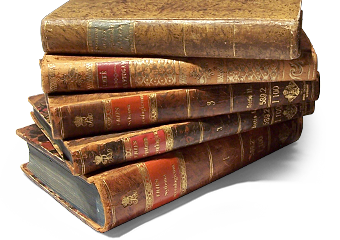Combustion By-Product Analysis [SOOT]
Published: March 24th, 2023
Revised: April 14th, 2025
Incomplete combustion of organic matter generates by-products such as soot, ash, and char, recognizable as fine powdery dust, embers, debris, and destroyed materials after a fire. Soot, however, can also present as dark discolouration on aged buildings, exhaust plumes from diesel-powered vehicles, and gunk inside engines. Soot is sometimes referred to as carbon black because of its colour, but carbon black is a different material that is produced commercially under controlled conditions and utilized as an ingredient in several products. Burning includes various sources such as fossil fuels, wood fireplaces, vehicles, wildfires, agricultural clearing, and waste destruction. Soot has a varying amount of carbon and organic compounds, while ash is mainly inorganic, and char is linked to burnt wood and damaged building materials. Testing is often necessary to assess contamination, identify the source of soot or other substances, demonstrate restoration and cleaning efficacy, investigate arson and forensics, and settle insurance claims.
This test uses a combination of light microscopy and differential interference microscopy to characterize particle morphology and provide presumptive identification of combustion particulate matter for samples collected as tape lifts and bulk materials, or from air samples.
Laboratory code: SOOT
Service options




